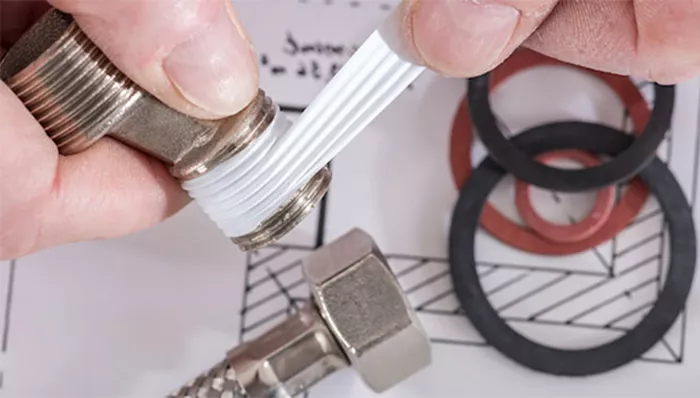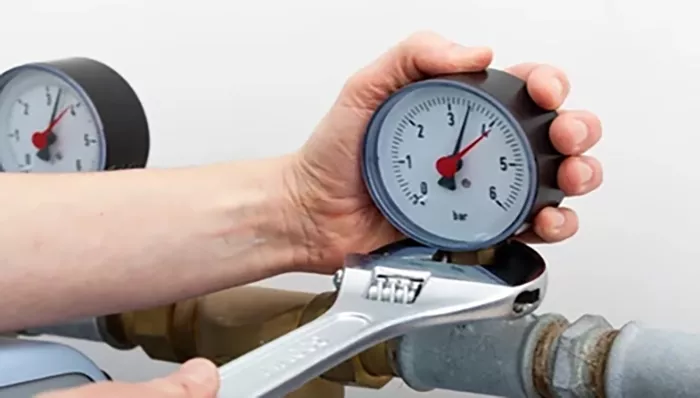Key Safety Points for Installing Pressure Gauges
There are many matters to note on the installation of a pressure gauge. To ensure gauges function properly, avoid damage during installation and have an extended service life, proper installation with the right accessories is necessary.
If you have not purchased a pressure gauge and need help, check out this article: How to buy a pressure gauge?
There are many matters to note on the installation of a pressure gauge. To ensure gauges function properly, avoid damage during installation and have an extended service life, proper installation with the right accessories is necessary.
If you have not purchased a pressure gauge and need help, check out this article: How to buy a pressure gauge?
1. How to select pressure gauge accessories:
With the increasing development of science and technology, pressure gauges required by each industry vary, including: environmental factors, application conditions, etc. There are a variety of accessories that must be installed — and a variety of common accessory combinations that can improve efficiency and productivity. Choosing a suitable combination for your pressure gauge is really important:
◆ Pressure gauge cock: Installing an isolation valve to the pipeline will make future maintenance easier because the isolation valve can be closed directly without causing downtime. Additionally, if instantaneous pressure is too high, the isolating valve may be closed in advance to avoid damaging the pressure gauge.
◆ Pressure gauge snubber: A buffer should be installed when instant pressure pulses of the liquid to be measured is too high or too unstable.
◆ Tube: A siphon can be used to moderate heat dissipation and low pressure pulses.
◆ Cooling element: The fin design of a heat pipe can lower the temperature with high efficiency and avoid damage caused by a high temperature pressure source.
◆ Overpressure protector: The pressure source can be switched off with a surge protector during overpressure to avoid damage.
◆ Diaphragm seals: Where the media is viscous, dusty, chipped or highly corrosive fluid, a diaphragm seal should be installed.
Extended reading: More accessories for pressure gauge to choose
2. Before installing, you must confirm the size and type of male and female threads of the purchased product:
A. If the thread of the product is straight (parallel), you need to use a gasket (O ring).
B. If the thread is tapered, it is recommended to wrap leak-proof tape around the threads three to four times or apply hypoxia glue to prevent the leakage.
C. When screwing in the gauge, be careful to install it vertically without any tilting. Otherwise the thread will jam, resulting in damage to the thread and leading to excessive measurement error.
Extended reading: The introduction to and selection of threads
3. Installation steps:
 A. Hold the gauge body with your hand, align the male thread and rotate the gauge in. Don’t tighten it too much. After you feel a little opposition, and when the female thread is able to support the gauge on its own, stop tightening by hand.
A. Hold the gauge body with your hand, align the male thread and rotate the gauge in. Don’t tighten it too much. After you feel a little opposition, and when the female thread is able to support the gauge on its own, stop tightening by hand.
B. Use the proper wrenches to continue to tighten and lock the gauge until the face is angled to the front. Turning by hand risks uneven force, resulting in damage to the internal parts of the gauge, and the gauge may even disconnect from the thread.
C. Use two wrenches of the correct specifications, one fixed at the thread to be locked, and the other fixed to the square or hex socket of the pressure gauge. Tighten the gauge to face the front.
Hopefully, this article has helped you determine if a diaphragm seal pressure gauge might be the solution to your problem. If you are still unsure, or need further assistance, contact us here. We're happy to help.








